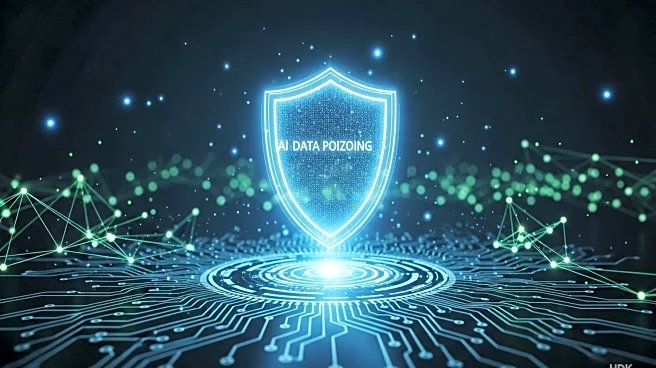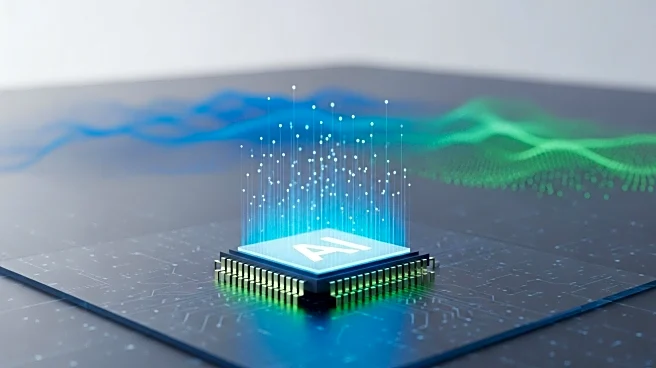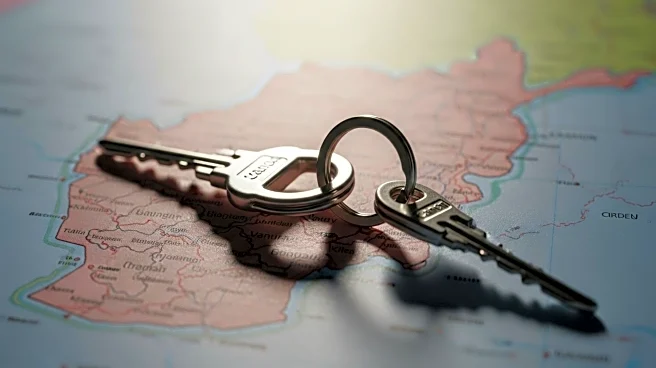What's Happening?
Blighter Surveillance Systems, a UK-based company, is set to enhance its BlighterNexus software with automation capabilities for its C400 coastal security radars. According to Mark Radford, Blighter's co-founder and chief technology officer, the automation function will leverage human expertise to optimize radar settings for maximum performance under various conditions. The company plans to expand this 'smart function' into an artificial intelligence (AI) feature that will learn and refine radar setup processes. The C400 radar, a dual-mode system, can detect targets on both land and sea simultaneously, with software-switchable ranges of 8 km, 16 km, and 32 km. The radar operates in the Ku-band at 16 GHz and is typically deployed at a height of 5-10 meters above sea level, mounted on a vehicle for rapid deployment.
Why It's Important?
The development of automation and AI capabilities in coastal radar technology represents a significant advancement in maritime security. By enhancing the BlighterNexus software, Blighter Surveillance Systems aims to improve the efficiency and accuracy of threat detection, which is crucial for national security and defense operations. The ability to automatically adjust radar settings based on expert knowledge and AI learning could lead to more effective monitoring of coastal areas, potentially reducing human error and increasing response times to threats. This innovation could benefit defense agencies and security operations by providing more reliable and adaptable surveillance solutions.
What's Next?
Blighter Surveillance Systems is expected to integrate these automation functions into its radar systems in the near future. As the company continues to develop AI capabilities, stakeholders in defense and security sectors may anticipate further enhancements in radar technology. The integration of AI could lead to new applications and improved operational effectiveness in maritime security. Defense agencies and security firms may need to adapt their strategies to incorporate these advanced technologies, potentially leading to shifts in training and operational protocols.
Beyond the Headlines
The move towards automation and AI in radar technology raises questions about the ethical implications of reducing human involvement in security operations. As AI systems become more prevalent, concerns about data privacy, decision-making transparency, and accountability may arise. Additionally, the reliance on AI for critical security functions could lead to discussions about the balance between technological advancement and human oversight.










